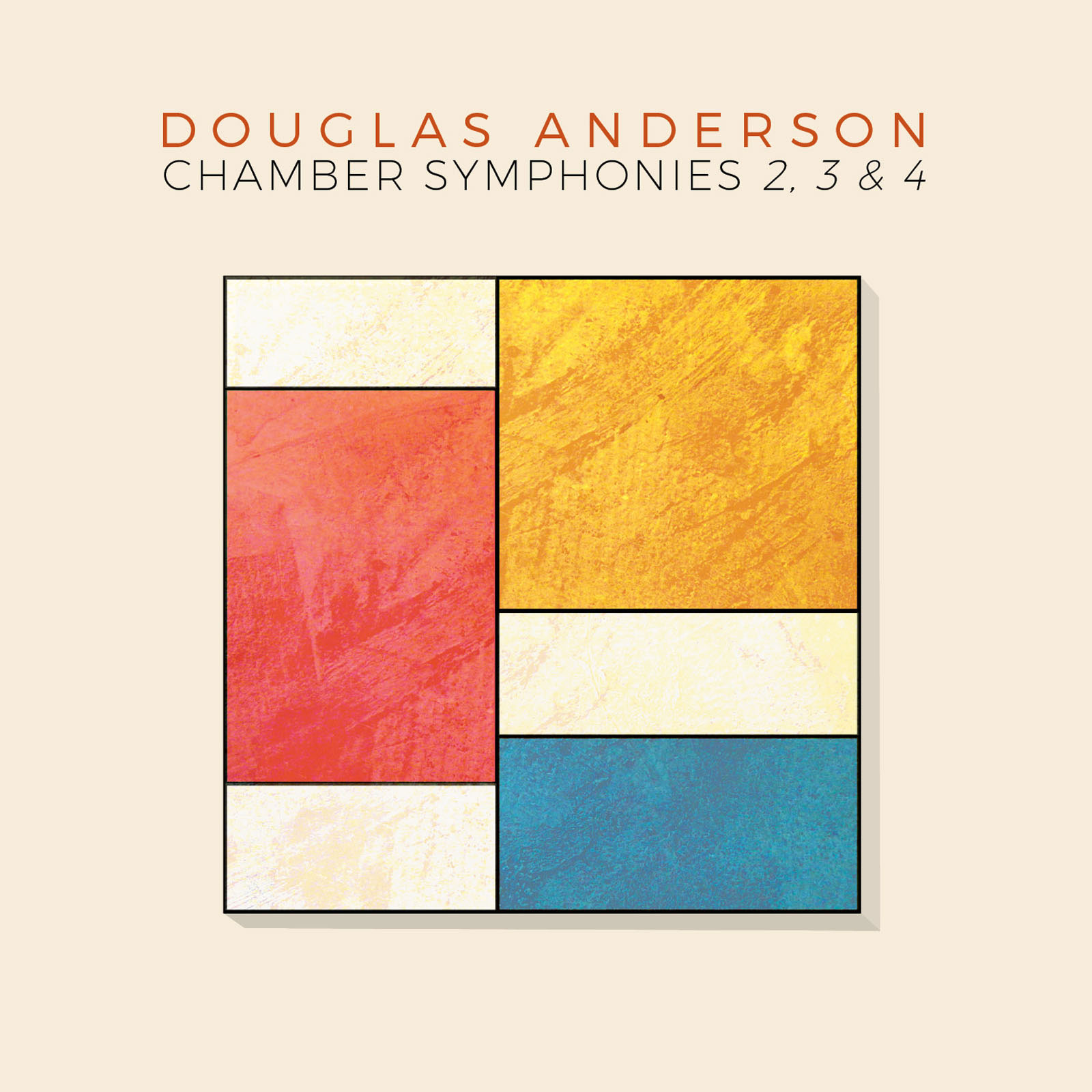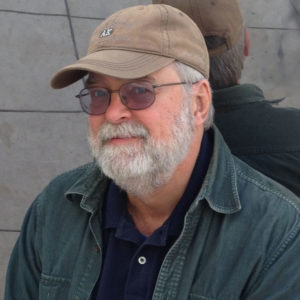
Share Album:
Chamber Symphonies 2, 3 & 4
Douglas Anderson composer
Since the robust development of the symphonic form in the 18th century, many composers, from Haydn, Beethoven, Mahler and Stravinsky, have written within the genre, creating engaging sonic worlds in and of themselves. Inspired by Arnold Schoenberg’s two chamber symphonies, American composer Douglas Anderson presents three of his chamber symphonies on his debut release on Ravello Records, which aim to envelope the listener in a varied and multifaceted musical environment all the while exploring the genre using the necessarily limited timbral and harmonic palette of a small ensemble.
Each of Anderson’s three-movement chamber symphonies was written for a particular ensemble, deriving pitch material from the characteristics of the instruments. Chamber Symphony No. 2 (1989) was written for Oval Window Chamber Ensemble and premiered in 1989 at Weill Recital Hall at Carnegie Hall. Written for flute, clarinet, violin and cello, this work incorporates elements and characteristics from a variety of composers, from Mozart and Josquin Des Prez to Shostakovich. Chamber Symphony No. 3 (2001), written for and premiered by Eight Strings & a Whistle, features a short cadenza between the movements for each of the instruments – flute, viola, and cello – providing momentum leading up to an intense climax. Anderson’s Chamber Symphony No. 4 (2011) was written for the di.vi.sion piano trio and uses two serial rows, which are made more and more complex through a series of variations. The composer magnifies the scope of the symphonic form, taking it out of its traditional context and restraining it to a smaller ensemble only to open up new realms in chamber music repertory.
Listen
Artist Information

Douglas Anderson
Douglas Anderson is a composer, conductor, educator, and producer who has been active in the New York area for 50 years. He studied music and psychology at Columbia University, where his three degrees culminated in a doctorate in music composition in 1980. His professional career began as a jazz musician at the age of 12, and he performed widely in the Eastern United States before moving to New York to attend college. His work as a conductor has been his performance focus for the last several decades.
